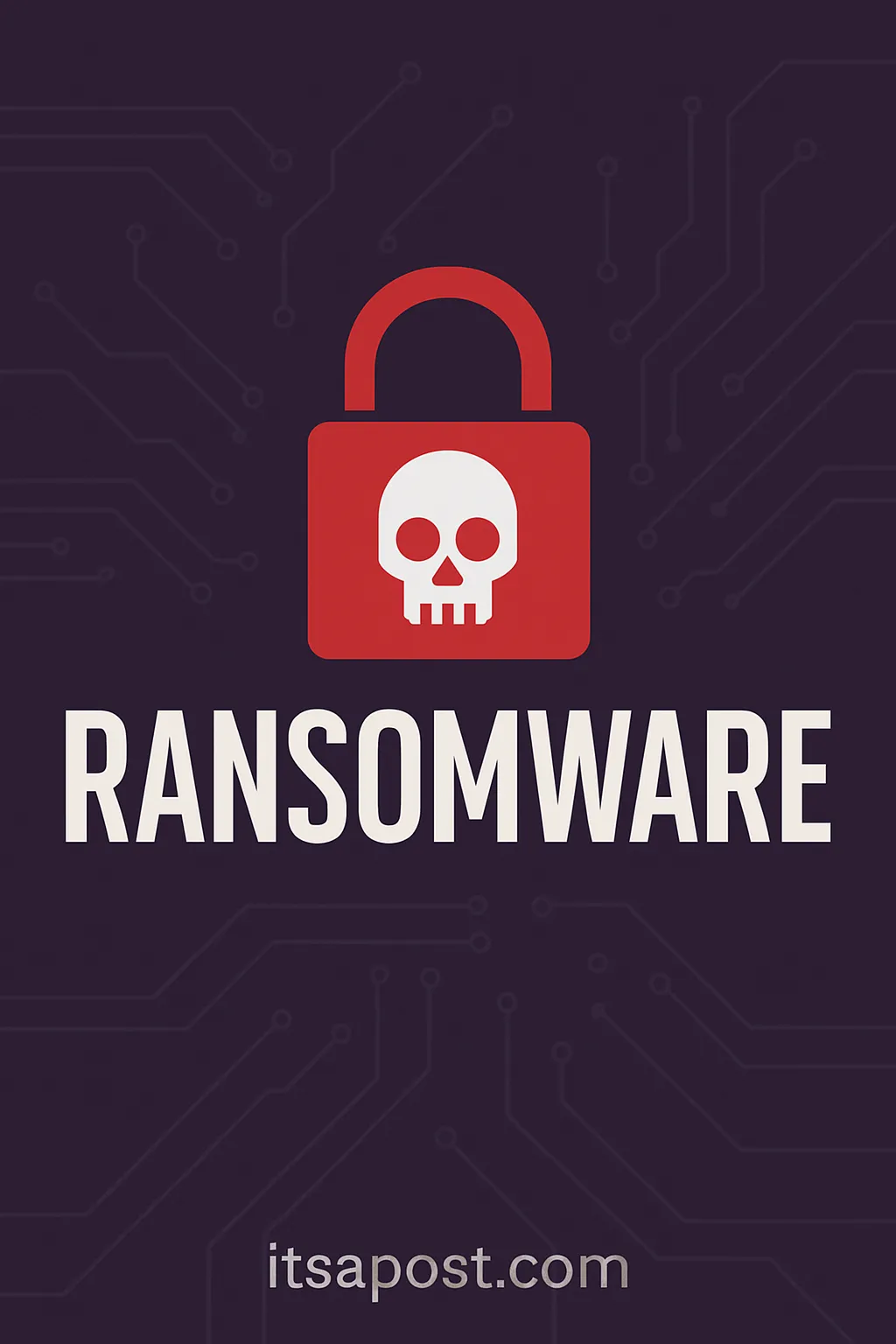Ransomware, a type of malicious software that threatens to publish the victim's data or perpetually block access to it unless a ransom is paid, has become one of the most formidable challenges in today's cybersecurity landscape. This form of cyber extortion has impacted countless individuals and organizations globally, leading to significant financial losses and compromise of sensitive information.
Understanding Ransomware
Ransomware operates by encrypting a victim's data, making it inaccessible, and demanding a ransom payment to decrypt it. Victims are typically infected via phishing emails or security vulnerabilities in software and networks.
Recent High-Profile Ransomware Attacks
In recent times, several high-profile ransomware attacks have made headlines:
- Officials warn against Medusa ransomware, a potent new threat that has been targeting organizations including the cybersecurity infrastructure in Jacksonville, Fla.
- A Russian national was arrested for conspiring to commit ransomware attacks with LockBit, affecting numerous U.S. and foreign businesses.
- Over a hundred Romanian hospitals were compromised due to a widespread ransomware infiltration.
- At least 200 U.S. companies were incapacitated by a ransomware attack that was analyzed by cybersecurity professionals from NPR’s report here.
How to Protect Against Ransomware Attacks
Protection against ransomware requires a multi-faceted approach:
- Education: Training employees on recognizing phishing attempts and suspicious links is crucial.
- Data Backup: Regularly backing up data and storing it independently from your network can alleviate the damage of data lockdown.
- Updated Software: Keeping software up-to-date eliminates vulnerabilities that can be exploited by hackers.
- Security Solutions: Implementing robust security solutions like firewalls, antivirus software, and intrusion detection systems can provide additional layers of security.
Conclusion and Takeaways
As ransomware becomes more sophisticated and pervasive, staying informed and vigilant is key. By understanding the threat, taking proactive measures, and fostering a culture of cybersecurity awareness, individuals and organizations can significantly mitigate the risk posed by ransomware attacks.

